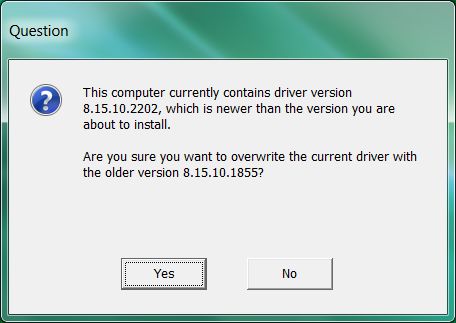
As for the actual hardware items, there are few of them included with the board, as you can see from the photograph above. This is a pretty long list mostly due to a variety of documents included with the mainboard.
Reliability certificate listing all component testing methods. A poster with overclocking recommendations. A booklet with brief assembly instructions. “V-Check Cable” adapter set for manual voltage monitoring with a voltmeter. “M-Connector” block including modules for easy connection of the system case front panel buttons, indicators and audio.  A flexible bridge for 2-way Nvidia SLI graphics configurations. Four Serial ATA cables with metal connector locks, half with L-shaped locks and another half – with straight ones. Note that while this is better and faster than all previous generation, it is still insufficient to even remotely match pace with discrete graphics solutions. The graphics unit is based on ten unified shaders, which run at 800 MHz clock speed and access up to 512 MB of the main memory. We found a CPU load of 6.2% with a Core 2 Quad Q9550s (2.83 GHz) and 8.85% on a Core 2 Quad Q8200s (2.33 GHz). Intel says the chipset assists the CPU in decoding Full HD H.264, VC-1, and MPEG-2 video, which it does well.
A flexible bridge for 2-way Nvidia SLI graphics configurations. Four Serial ATA cables with metal connector locks, half with L-shaped locks and another half – with straight ones. Note that while this is better and faster than all previous generation, it is still insufficient to even remotely match pace with discrete graphics solutions. The graphics unit is based on ten unified shaders, which run at 800 MHz clock speed and access up to 512 MB of the main memory. We found a CPU load of 6.2% with a Core 2 Quad Q9550s (2.83 GHz) and 8.85% on a Core 2 Quad Q8200s (2.33 GHz). Intel says the chipset assists the CPU in decoding Full HD H.264, VC-1, and MPEG-2 video, which it does well. 
HD audio and a Gigabit network interface are mandatory today and included as well. Six PCIe lanes and six SATA/300 ports with AHCI and NCQ support, as well as 12 USB 2.0 ports, provide excellent connectivity. The G45 with ICH10 supports RAID 0, 1, and 0+1, and RAID 5 if the ICH10R is used. The last of these requires the motherboard to specifically support these models, as the power consumption exceeds the typical thermal envelopes of 65-95 W, reaching up to 130 W. This includes the recent Celeron E1000 Dual Cores, Pentium Dual Core E2000 and up, the Core 2 Duo E4000-E8000, and all Core 2 Quad processors up to the Extreme Edition.

All Socket 775 processors based on the Core 2 architecture are supported.







 0 kommentar(er)
0 kommentar(er)
